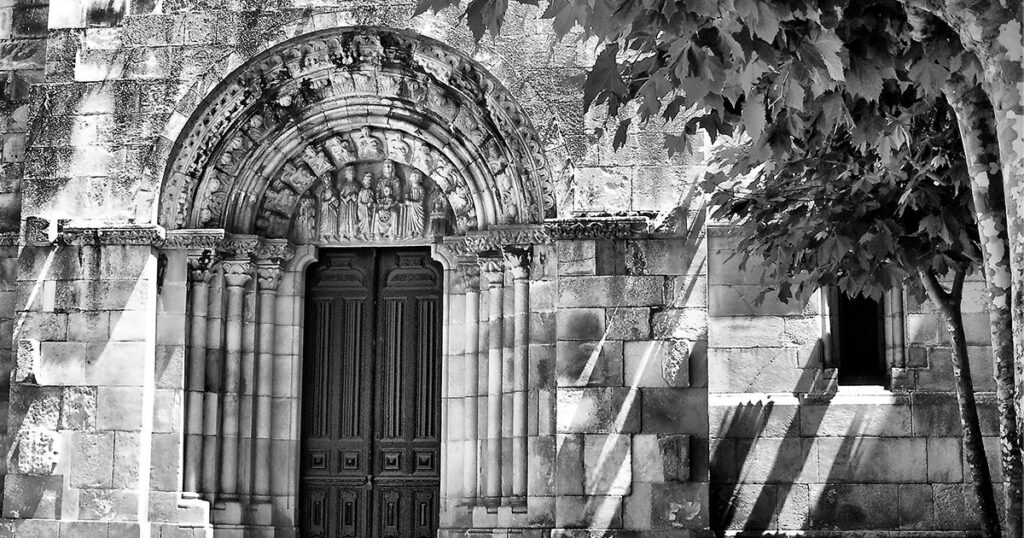
My running partner wanted to do an easy training run. Did he mean easy as in flat or as in short? I wasn’t sure, but given the topography of this hilly area, no path is without its ups and downs. I suggested a short, circular route with a pronounced climb up a narrow back road and a more gradual descent on the return. He knew the route and okayed my choice.
Within five minutes, even before we started the climb, we saw flags along the road. We surmised that they were for a footrace scheduled to take place that Sunday. We wondered what the course was. Best way to find out was to follow the signs. So we did.
Rather than the 35 minutes I’d planned, our run took an hour and a half. None of it was flat. After 30 minutes of narrow roads winding between clusters of houses, we passed the 17th century Casa de los Argüelles and, next to it, the chapel Santa Lucía. I swiveled my head as we trotted past. “Have I been down this road before?” I asked, and my partner assured me I had. None of it looked familiar.
Soon the road became a track through forested land tucked between two highways. Once in the woods, hopping over sticks and logs protruding along the path and roots rising from the muddy banks, we seemed to go in circles—and indeed we had, as I later discovered by tracking our route on a map on the race website. The route coincided with a stretch of the Camino de Santiago, where we encountered two landmarks new to us. The first was the chapel Capilla Nuestra Señora de Bienvenida, so named because in times long past a prior at a nearby monastery would use it to greet pilgrims on their way along the Camino and offer them bread. Farther along, we came upon the second landmark, an ancient medieval bridge over the Recuna River. Somewhere nearby was the site of the long-gone malatería de Marcenado, a hospital for lepers situated on the Camino, which opened in the13th century and continued operating until the 1770s. Nothing remains of it now.
Then back across the highway, up into the hills above La Pola, and down into town again. The trail was easy enough—11.5 kilometers, not difficult if you take it slow. I remarked to my partner that I had enjoyed the trail, which I would not have been able to do under pressure of racing. I had seen things I would have passed without noticing, my eyes trained on the path before me, keeping watch for tree roots or, given the weather that developed on the day of the race, patches of slippery mud.
That Sunday, instead of a race in the rain, we hopped into the car, drove 30 miles to a chestnut festival and market in Arriondas, a town at the foot of the Sierra del Sueve. There the weather was cloudy but dry, so we got in a run before visiting the market. Work before play, I was taught, but, though getting regular exercise is an obligation, it can feel like play while you’re at it. We ran up out of Arriondas into the low mountains and to the village of Fios, which was utterly enchanting, both the views and the architecture, the fields and the flowers. But that’s a story for another day.

